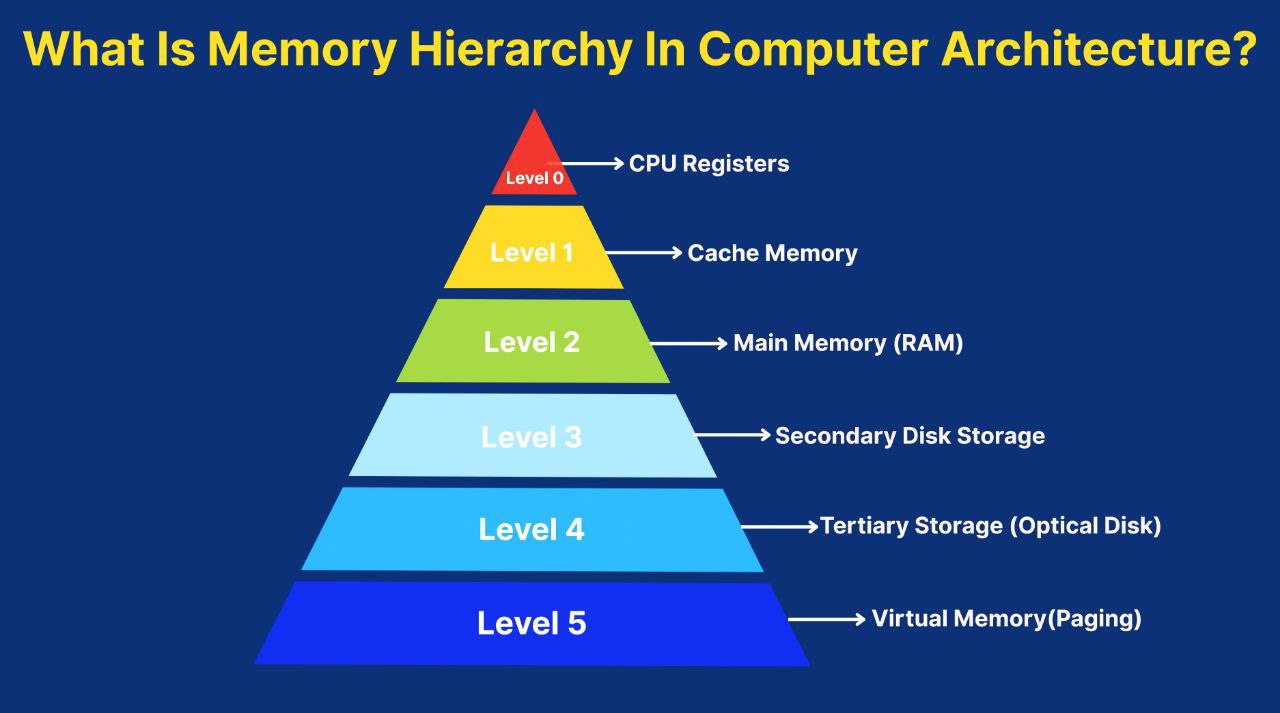Discuss About The Industrial Devolopment in India
Industrial Development in India
Overview : Industrial development in India has undergone significant transformations since the country’s independence in 1947. Over the decades, India’s industrial growth has evolved through various phases, from state-controlled to more liberalized and market-oriented approaches. This development has been a key driver of economic growth, employment, and technological progress, with a focus on sectors like manufacturing, textiles, automobiles, IT, and pharmaceuticals.
Phases of Industrial Development :
1. Pre-Independence Era:
- Before 1947, India’s industrial sector was limited, focusing mainly on textiles, jute, and steel.
- The colonial policies largely restricted industrialization to raw material extraction, while most industries were controlled by British companies.
- Tata Steel (established in 1907) and other early Indian ventures marked the beginning of indigenous industrialization.
2. Post-Independence (1947–1991):
- Planned Economy: India adopted a socialist model with a centrally planned economy. The government played a dominant role in industrialization.
- Industrial Policy of 1956: This policy classified industries into three categories, defining the role of the public sector.
- Key industries like defense, atomic energy, and infrastructure were reserved for the public sector.
- Five-Year Plans: The government introduced five-year plans focusing on heavy industries like steel, coal, and machine tools. Public sector units (PSUs) such as Steel Authority of India (SAIL) and Bharat Heavy Electricals Limited (BHEL) were established.
- Challenges: Although heavy industrial growth occurred, inefficiencies, bureaucratic delays, and excessive control led to low productivity and innovation in the 1970s and 1980s.
3. Economic Liberalization (1991-Present):
- Liberalization of 1991: The economic reforms marked a major turning point in India’s industrial growth. Under Prime Minister P.V. Narasimha Rao and Finance Minister Manmohan Singh, India shifted towards a market-driven economy.
- Key Reforms:
- Deregulation of industries.
- Privatization and disinvestment in public sector units.
- Encouragement of foreign direct investment (FDI).
- Liberalization of trade policies.
- Impact:
- Rapid growth in sectors like IT, pharmaceuticals, and automobiles.
- Indian companies like Tata, Infosys, and Mahindra became global players.
- Massive expansion of industrial zones and Special Economic Zones (SEZs) to attract investment.
Key Sectors Driving Industrial Development :
1. Manufacturing:
- India is one of the world’s largest manufacturers, especially in textiles, chemicals, and food processing. Initiatives like “Make in India” were launched to boost manufacturing output and job creation.
2. Information Technology (IT):
- The IT industry is one of India’s most successful industrial stories, with companies like Infosys, TCS, and Wipro leading globally.
- Indian IT exports contribute significantly to the economy, with major IT hubs in Bangalore, Hyderabad, and Pune.
3. Automobile Industry:
- India is among the top automobile manufacturers in the world, with companies like Tata Motors, Maruti Suzuki, and Mahindra & Mahindra being key players.
- India is also a global hub for automobile parts manufacturing.
4. Pharmaceuticals:
- India is known as the “Pharmacy of the World,” producing affordable generic medicines for both domestic and international markets.
- It is one of the largest exporters of pharmaceuticals, with companies like Sun Pharma, Cipla, and Dr. Reddy’s.
5. Startups and Entrepreneurship:
- India has seen a massive rise in startups, particularly in sectors like fintech, e-commerce, healthcare, and education.
- The government has initiated programs like “Startup India” and “Digital India” to promote innovation and entrepreneurship.
Challenges in Industrial Development :
- Infrastructure Bottlenecks: Inadequate infrastructure, particularly in transport and power supply, hampers the smooth functioning of industries.
- Skilled Labor Shortage: While India has a large workforce, there is often a gap in the availability of skilled labor for modern industries.
- Environmental Concerns: Rapid industrialization has led to environmental challenges, including pollution, resource depletion, and the degradation of ecosystems.
- Global Competition: With globalization, Indian industries face stiff competition from more developed nations and other emerging economies like China.
Government Initiatives for Future Growth :
- Make in India: Launched in 2014, this initiative aims to boost domestic manufacturing and turn India into a global manufacturing hub.
- National Infrastructure Pipeline (NIP): Focuses on improving the infrastructure to support industries, aiming to spend around $1.4 trillion on infrastructure projects by 2025.
- Atmanirbhar Bharat (Self-reliant India): Announced in 2020, it emphasizes strengthening domestic industries and reducing dependency on imports.
Conclusion :
India’s Industrial Development has been transformative, contributing to its economic rise on the global stage. While there are challenges, the government’s push for modernization, technological advancement, and global competitiveness suggests a promising future for India’s industrial landscape. The balance between growth and sustainability will be critical as India navigates its path forward in the 21st century.
Share this content:



Leave a Reply